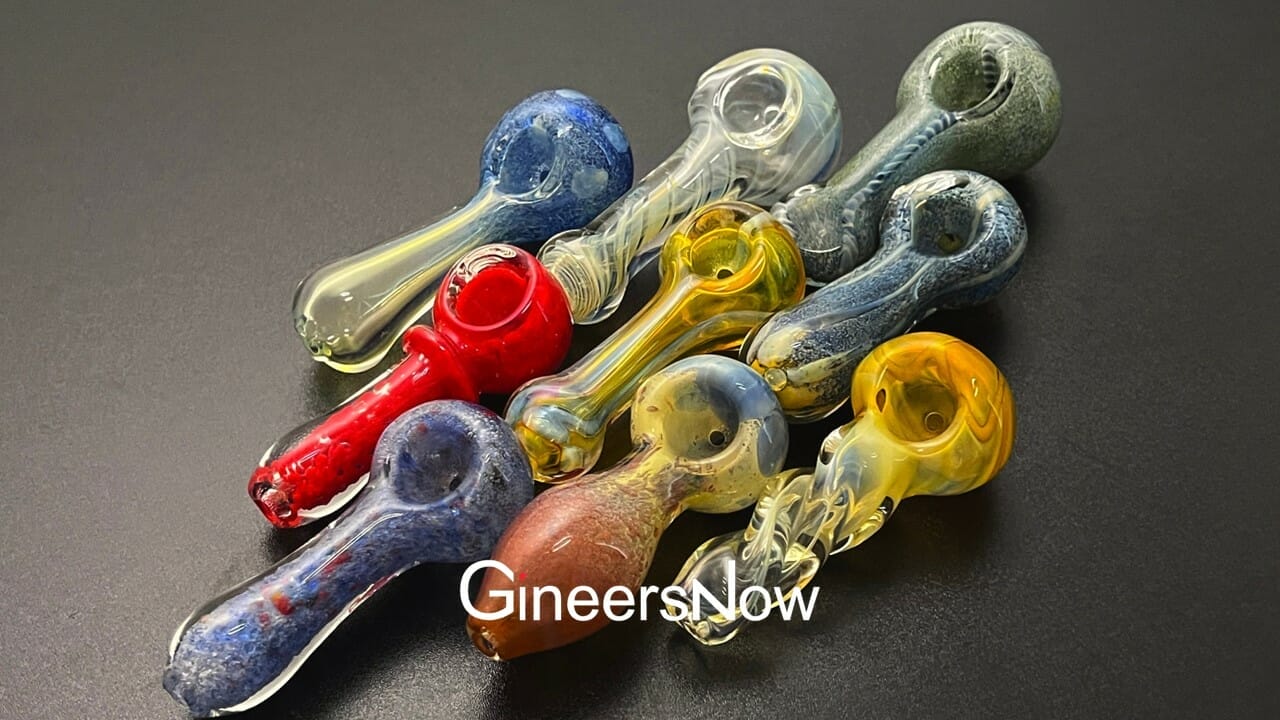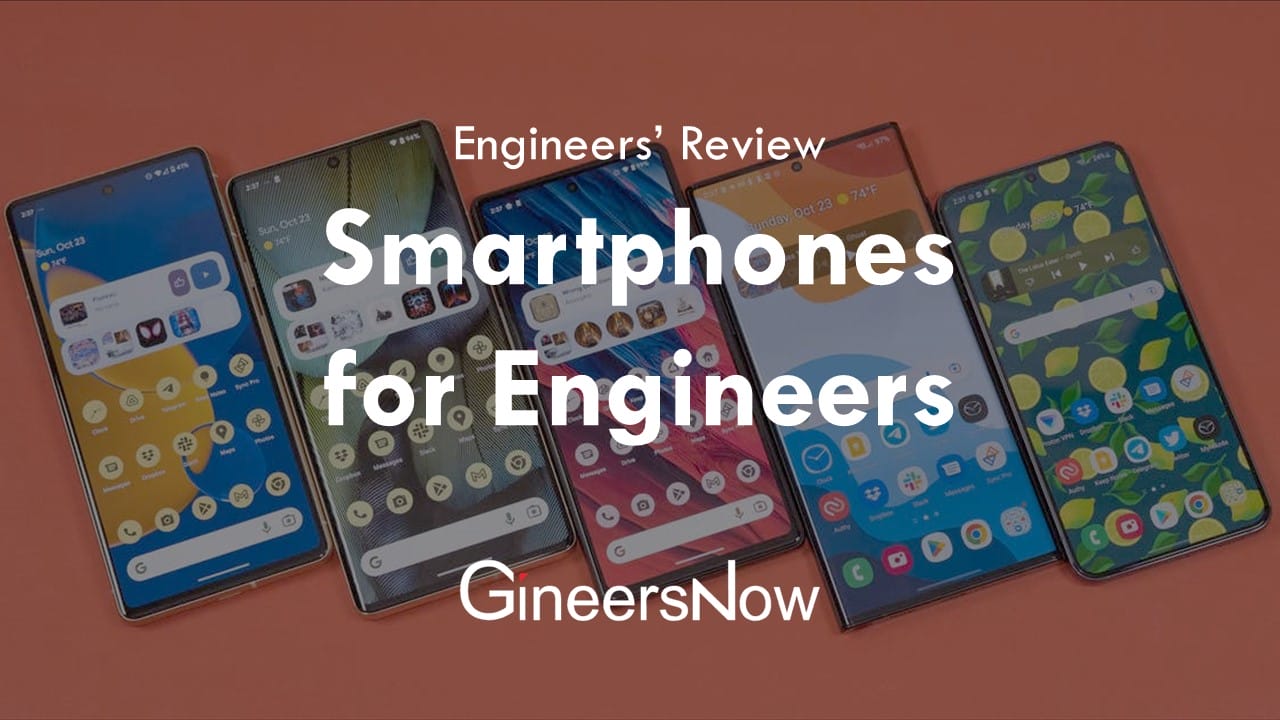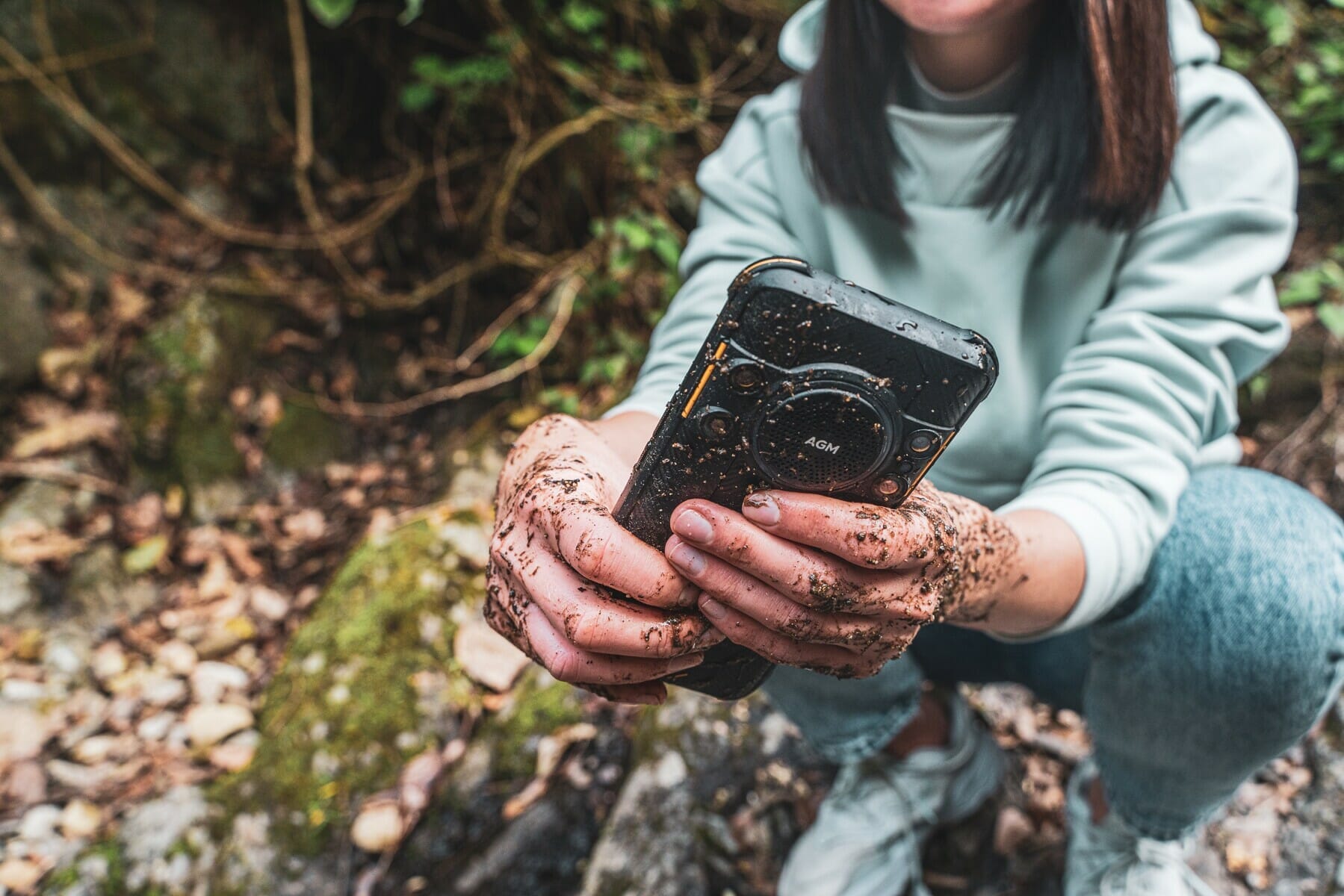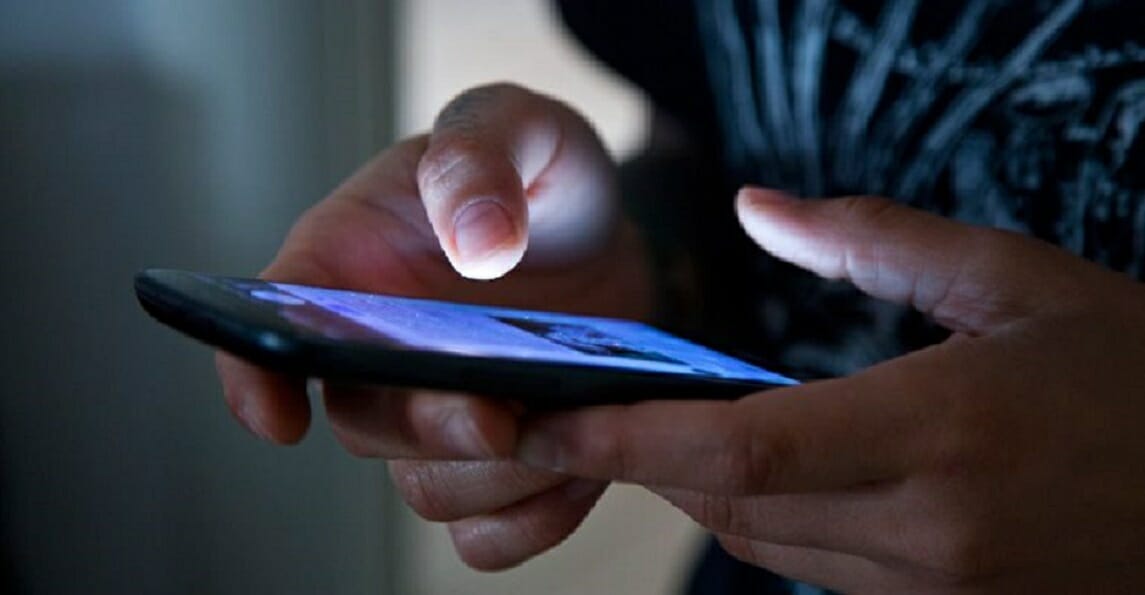One of the primary reasons why some people often change smartphones is because of a broken screen. This is an example wherein clumsiness or careless mistakes can be costly. But soon, those days will be over.
That’s because researchers from the Australian National University (ANU) and the Institut de Physique du Globe de Paris are now a step closer to making a fracture-proof phone screen.
They say that after experiments and computer modelling, they discovered a process which can be replicated by phone manufacturers to improve the resistance of glass to fracturing.
“Glass is an everyday material that is all around us, but we actually don’t really know a lot about it,” Dr. Charles Le Losq from ANU told ZDNet.

Dr. Charles Le Losq. Photo by ANU
“Particularly the common thinking is that the glass structure is quite random, atoms are randomly organized in it. Actually, at a very small scale, a nanometer scale, it’s not that random and we have some organization in the glass.
“We’ve seen that if you add some sodium or potassium, those atoms, contrary to what was the belief, do not tend to randomly distribute in the glass structure, but they form more clusters, or even what we call percolation channels of sodium and potassium atoms in the glass,” he added.
It appears that such elements as well as calcium and magnesium contribute to the flexibility and resistance of the glass to fracture.
Moreover, Dr Le Losq said the findings could be used to develop a more flexible type of glass with a special resistance to fractures.
While admitting that there is still a long way to go, he said that it will require some collaboration with the industry.
Given that, it will take about five to 10 years before the technology becomes polished and ready for mass production.

GIF via Giphy
“We inferred that we could use this knowledge to search for new properties and make glass harder,” he shared.
A type of glass called alumino-silicate, which is a mixture of aluminum and silicon oxide, is often used in the screens of mobile devices like the Gorilla Glass. But now that the Australian researchers have dug deep into the chemistry behind it, soon, we will no longer mind about having shattered smartphone screens.
















